Stretching from sub-Arctic Hokkaidō to the subtropical Nansei (Ryukyu) Islands, Japan’s four main islands and 6,000+ smaller ones create a mosaic of climates and habitats—and an astonishing variety of wildlife. This guide highlights 10+ emblematic Japanese animals with the common name + scientific name, plus ID traits, habitat, behavior/diet, conservation notes, and ethical viewing tips—perfect for an animal-focused website.
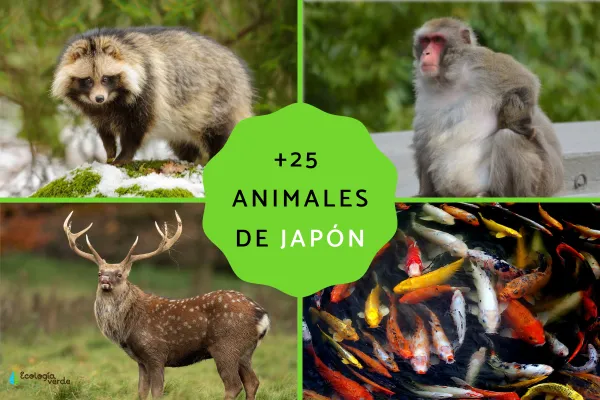
Notes
• Common names follow widely used English usage; scientific names are provided for reliable cross-searching.
• Viewing tips emphasize safety for you and the animals.
Key ID: Black coat, often with a pale chest “crescent.” Adults ~120–140 cm nose-to-rump.
Range & habitat: Honshū and Shikoku (not Hokkaidō). Mixed broadleaf and montane forests.
Diet & behavior: Omnivore—acorns, nuts, berries, insects, occasional small vertebrates.
Conservation: Regionally threatened by habitat fragmentation, roads, and human–bear conflict.
Viewing tips: Autumn mast season increases activity. Hike with bear bells and keep a generous distance.
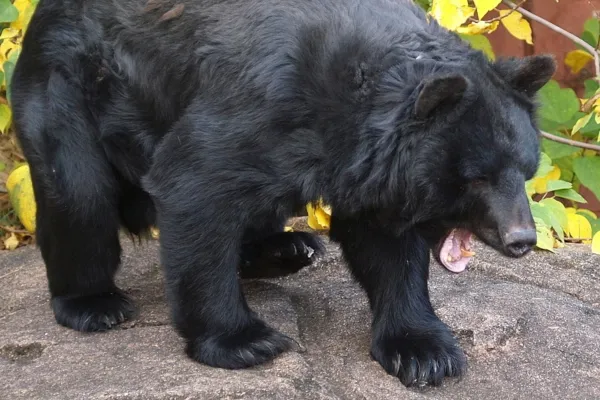
Key ID: Mask-like dark facial markings; thick fur, short legs.
Range & habitat: Wetlands, thickets, farm–forest edges across much of Japan.
Diet & behavior: Omnivorous generalist; the only canid that undergoes winter torpor in cold areas (body temperature change is minimal). Usually moves in small family groups.
Cultural note: A beloved figure in Japanese folklore—seen as a playful bringer of good fortune.
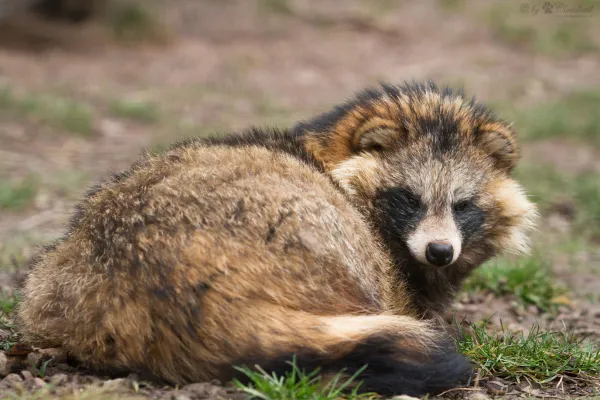
Key ID: Small wildcat with dark spots and streaks, rounded ears.
Range & habitat: Iriomote Island (Okinawa Pref.) only—one of the smallest ranges of any wild felid.
Diet & behavior: Nocturnal; crabs, frogs, lizards, birds, and small mammals.
Conservation: Critically endangered. Main threats: roadkill, habitat loss, free-roaming dogs/cats.
Viewing tips: Do not attempt to search at night by car. Learn at visitor centers; support road-kill mitigation projects.
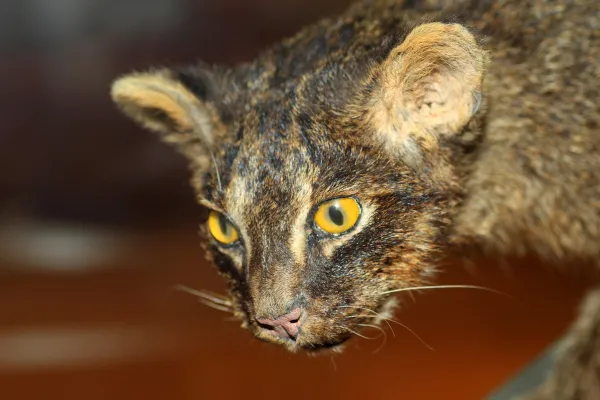
Key ID: Pinkish face, thick gray-brown coat; the world’s northernmost nonhuman primate.
Range & habitat: From temperate mountains of central Honshū northwards; famous “hot-spring” troops in Jigokudani.
Diet & behavior: Group-living omnivore; hot-spring bathing is a learned, site-specific behavior.
Viewing tips: Keep distance, no eye contact, no feeding—even in parks where monkeys are accustomed to people.
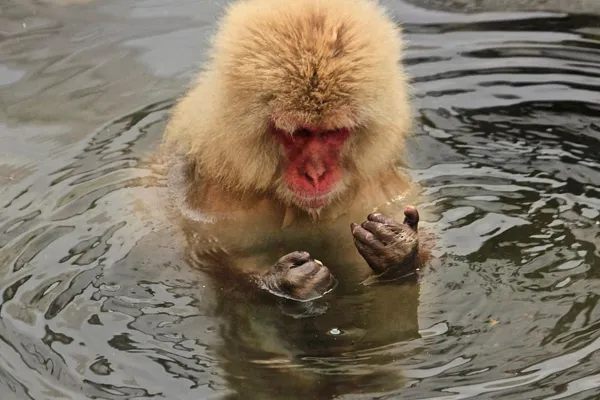
Key ID: Summer white spots (the “sika” pattern); males with branched antlers, long slender tail.
Range & habitat: Forests, riverine grasslands, and urban green belts (e.g., Nara Park).
Diet & behavior: Herbivore; males vocalize and spar during the rut.
Conservation: Overall secure; localized overabundance can impact forest understory.
Viewing tips: Use only park-approved deer crackers. Never offer plastic-wrapped snacks.
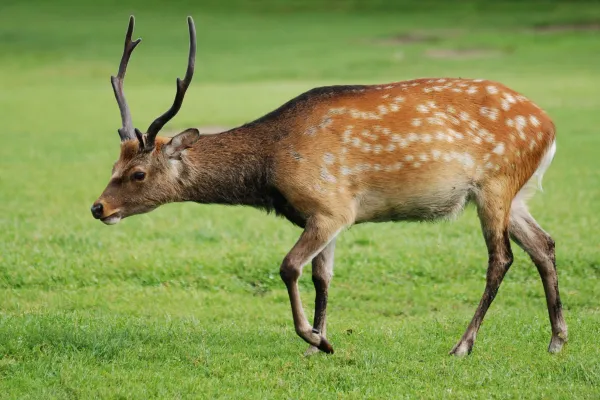
Key ID: Body ~50 cm with a bushy ~40 cm tail; broad patagium (gliding membrane) between limbs.
Range & habitat: Mature forests of Honshū; depends on large cavity trees.
Diet & behavior: Nocturnal; leaves, fruits, bark. Silent gliding between canopy trees.
Viewing tips: Red-filtered or low-intensity lights only; avoid shining directly into the eyes.
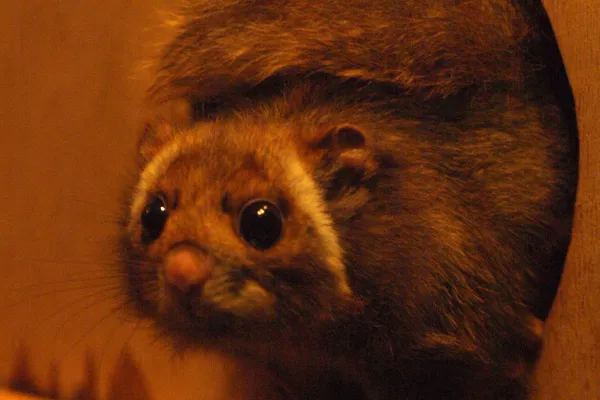
Key ID: Large fruit bat with fox-like face; wingspan can exceed 1 m.
Range & habitat: Ogasawara (Bonin) Islands—dry forest to subtropical woodland.
Diet & behavior: Frugivore/nectar-feeder—key pollinator and seed disperser for island plants.
Conservation: Endangered; typhoons, habitat loss, and predation/harassment are concerns.
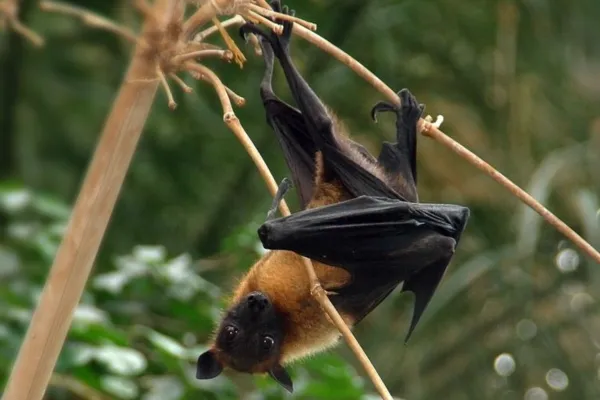
Key ID: Goat-antelope with shaggy gray-black coat; short, straight horns in both sexes.
Range & habitat: Steep montane forests of Honshū and Shikoku.
Diet & behavior: Diurnal browser of shrubs and herbs; often solitary or in pairs.
Conservation: A Special Natural Monument in Japan—generally well protected.
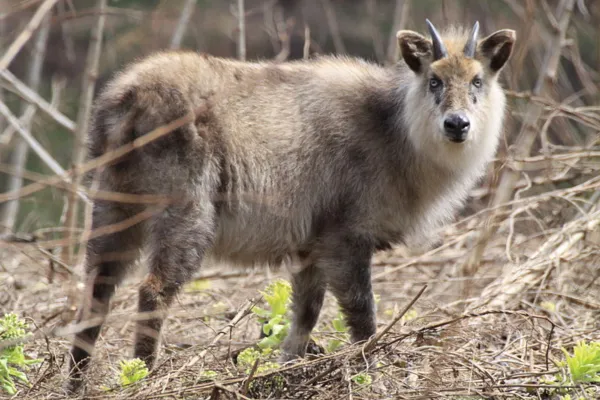
Key ID: Male with iridescent green body, gray-brown wings, long pointed tail; female brown and mottled.
Range & habitat: Farmland, reedbeds, and scrub across Honshū–Kyūshū.
Diet & behavior: Ground-dwelling; seeds and invertebrates. Males give loud territorial calls in spring.
Viewing tips: Dawn and dusk along field margins and riverside reeds.
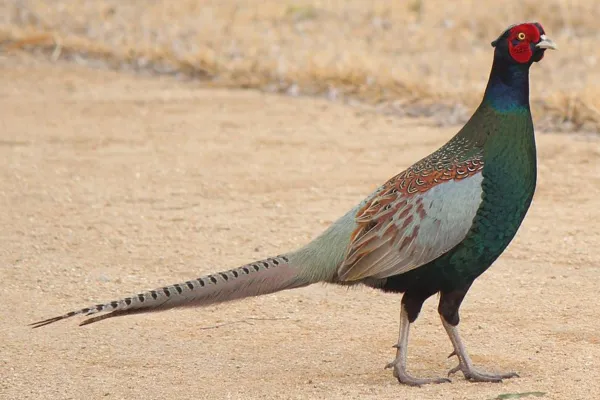
Key ID: Males with extra-long tail feathers that may exceed 1.5 m.
Status: A historic ornamental domestic chicken breed (not wild), designated a Special Natural Monument (1952).
Husbandry: Requires specialized care; included here for cultural interest.
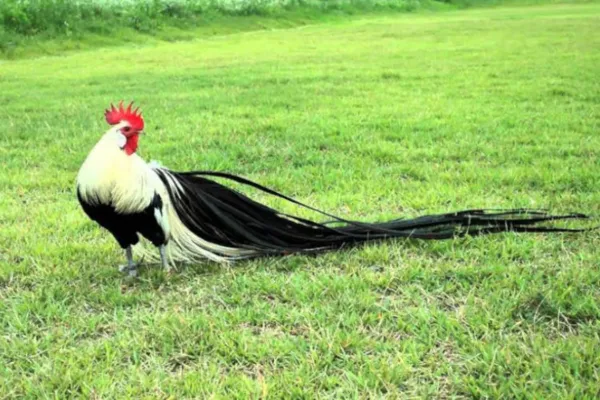
Representative endemics:
Sato’s Eastern Salamander Hynobius abei
Clouded Salamander Hynobius nebulosus
Japanese Clawed Salamander Onychodactylus japonicus
Ecology: Cool, clean mountain streams and moist forests; highly sensitive to water quality—excellent bioindicators.
Viewing tips: Never handle with bare, product-coated hands; amphibian skin is extremely delicate.
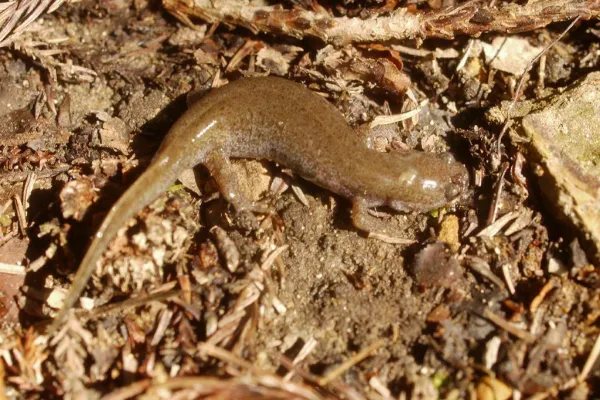
Key ID: Ornamental lineages of common carp with vivid color varieties (Kōhaku, Taishō Sanshoku, Shōwa, etc.).
Range & habitat: Garden ponds, temple lakes—tolerant of varied temperatures and oxygen levels.
Culture: Emblem of good fortune, perseverance, and longevity; Japan has rigorous show standards.
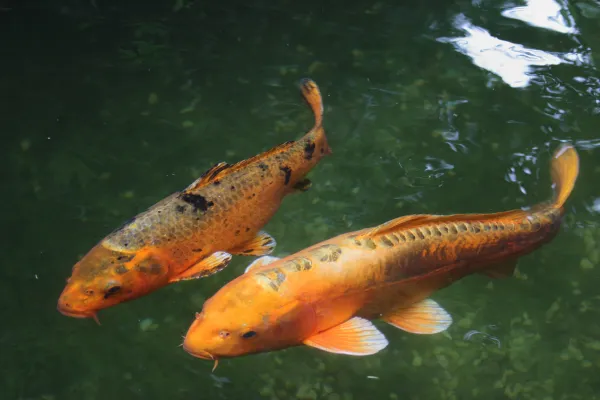
Red-crowned Crane Grus japonensis (Hokkaidō wetlands)
Tsushima Pit Viper Gloydius tsushimaensis (Tsushima Island endemic)
Hirose’s Salamander Hynobius hirosei
Japanese Marten Martes melampus
Red Fox Vulpes vulpes
Steller Sea Lion Eumetopias jubatus
Japanese Snipe Gallinago hardwickii
Japanese Fire-bellied Newt Cynops pyrrhogaster
Blue-faced Parrotfinch Erythrura trichroa
Dugong Dugong dugon (Okinawa waters)
Japanese Wolf Canis lupus hodophilax (extinct; historical)
Yellow-breasted Bunting Emberiza sulphurata, Japanese Leaf Warbler Phylloscopus xanthodryas
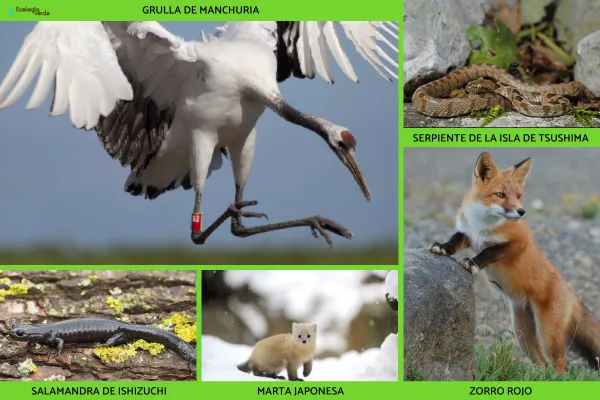
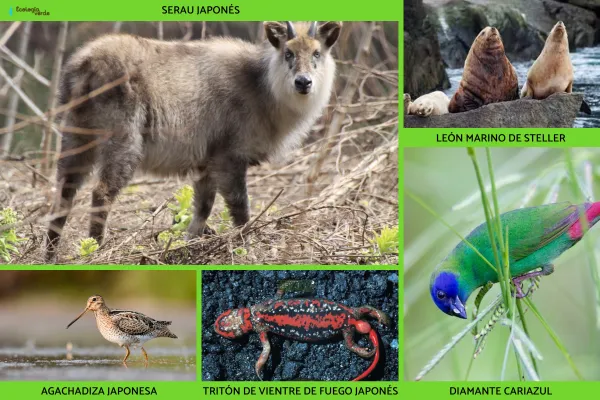
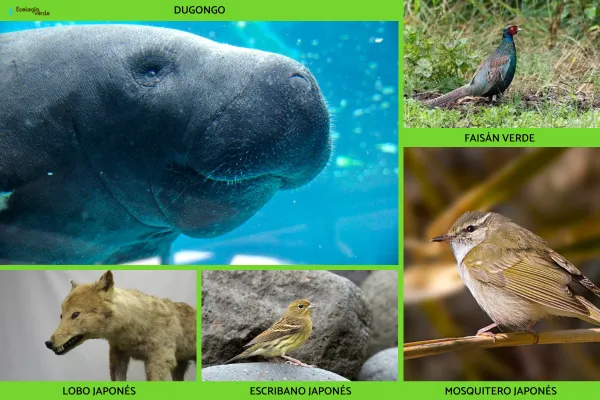
No feeding, no touching: Prevents habituation and protects animal health.
Keep your distance: Use binoculars/telephoto lenses; respect buffer zones.
Stay on trails & obey speed limits: Reduces habitat trampling and roadkill (critical for Iriomote Cat and amphibians).
Best regions for iconic species?
Hokkaidō: Red-crowned Cranes, Steller’s Sea Eagle, brown bears, sea lions.
Central Honshū mountains: Macaques, Green Pheasants, Serows.
Okinawa & Yaeyama (Ishigaki/Iriomote): Iriomote Cat, Ryukyu endemics, Dugong (offshore viewing only).
When to go?
Spring (Mar–May): Peak birdsong and breeding displays.
Autumn (Sep–Nov): Forest color + fruiting season boosts wildlife activity.
Winter (Dec–Feb): Hokkaidō cranes, sea eagles, and marine mammals.
Summer (Jun–Aug): Night walks in the Nansei Islands for herps and bats.
From hot-spring-bathing snow monkeys to canopy-gliding flying squirrels and island-pollinating fruit bats, Japan’s wildlife is as varied as its landscapes. Use this guide to identify responsibly, watch respectfully, and fall in love with Japan’s wild side.
Bibliografía
E.Wilson & M. DeeAnn (2005) Ursus thibetanus japonicus. Mammal Species of the World. Taxonomic and Geographic Reference. Tercera edición. The Johns Hopkins University Press, Baltimore; Vol 2: 2142.
V. Millien-Parra et. al, (1999) Islan biogeography of the Japanese terrestrial mammal assemblages: an example of relict fauna. Wiley Online Library.
Taylor, J., R. Mahon. 1977. Hybridization of Cyprinus carpio and Carassius auratus, the first two exotic species in the lower Laurentian Great Lakes. Environmental Biology Of Fishes 1(2):205-208.
R. Tadano, M. Nishibori, M. Tsudzuki (2009). Genetic structure and differentation of the Japanese extremely long-tailed chicken breed (Onagadori), associated with plumage colour variation: suggestions for its management and conservation. Animal Genetics 40 (6): 989–992.
animal tags: japan wildlife
We created this article in conjunction with AI technology, then made sure it was fact-checked and edited by a Animals Top editor.